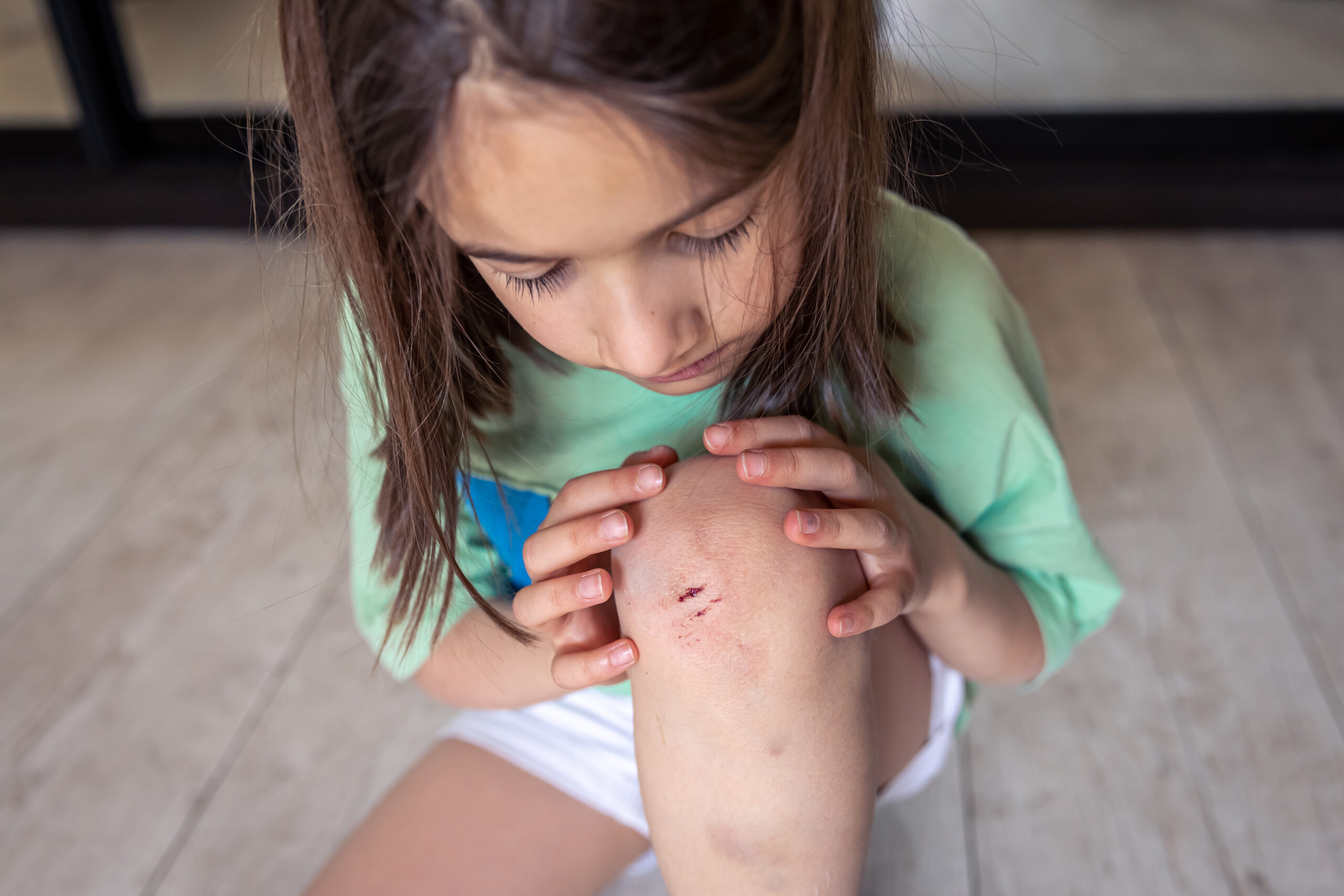How to Manage Aggressive Behavior in Children with Autism
Aggressive behavior can present significant challenges for autistic children and their families. It is important to understand what aggressive behavior entails and its main characteristics in order to effectively manage and support these children. This article aims to shed light on aggressive behavior in children with autism, its potential causes, and provide strategies that can help manage and minimize such behavior.
What is Aggressive Behavior?
Aggressive behavior in children with Autism Spectrum Disorder refers to actions involving physical or verbal aggression directed towards oneself, others, or objects. These behaviors may manifest as hitting, biting, kicking, scratching, throwing objects, screaming, or shouting. The severity, frequency, and targets of aggression can vary among children with ASD.
Understanding the Causes of Aggressive Behavior in children with autism
There are multiple factors that can contribute to the development of aggressive behavior in children with ASD:
- Communication Difficulties: Aggression can serve as a means for expressing frustration, pain, discomfort, or unmet needs. Children with ASD may struggle to effectively communicate their wants and needs, leading to frustration and potentially aggressive behavior.
- Sensory Aspects: Sensitivity to certain sensory stimuli can trigger aggressive reactions as a way to cope with overwhelming sensory experiences. Loud noises, bright lights, or crowded spaces may serve as triggers for aggressive responses.
- Social Aspects: Difficulty understanding social cues, interpreting others’ intentions, or engaging in reciprocal social interaction can contribute to frustration and, subsequently, aggressive behavior.
- Emotional Aspects: Children with ASD may face challenges in managing their emotions, which can result in outbursts of aggression when they become overwhelmed or distressed.
- Stress: Situations that cause anxiety or stress, such as changes in routine, transitions, or sensory overload, can be triggers for aggressive behavior.
- Environmental Factors: Certain environmental conditions, such as unfamiliar or overwhelming settings, can act as triggers for aggressive responses.
Strategies to Manage Aggressive Behavior in autistic children
To effectively manage aggressive behavior in children with autism, it is crucial to implement appropriate strategies that address the underlying causes and promote positive alternatives. Here are some strategies that may be helpful:
- Understand the Source of Behavior: Identify the specific triggers that lead to aggressive behavior in the child. This could include sensory stimuli, changes in routine, or communication difficulties. By understanding the triggers, you can work towards avoiding or minimizing them. For example, if sensory stimuli are the source of aggressive behavior, you may provide additional support such as glasses, headphones, fidget toys, stress balls, or weighted jackets.
- Social Skills Training: Teach appropriate social behaviors and skills to the child. This can include turn-taking, sharing, problem-solving, and recognizing emotions in themselves and others. Use visual aids, such as emotion cards or charts, to help the child identify and express their emotions. Model different emotions and encourage the child to do the same, providing praise for their efforts.
- Sensory Balance: Assist the child in managing sensory sensitivities and avoiding sensory overload. Create a calm and organized environment, provide sensory breaks, and teach self-regulation techniques. Utilize tools such as a “calm-down chart” that outlines steps for emotional regulation, including deep breathing, using sensory toys, finding a safe space, and positive self-talk.
- Establish Routines and Use Visual Supports: Maintain consistent routines and use visual schedules or supports to increase predictability and reduce anxiety. Clear and structured routines help children with ASD feel more secure. Involve the child in creating visual schedules, allowing them to fill in the empty spaces with desired activities during free time.
- Use Social Stories: Social stories can effectively describe step-by-step what the child can do and what coping mechanisms they can use when they start feeling frustrated, nervous, or distressed. Emphasize that it is normal to experience these emotions and provide strategies for managing them. Social stories can help children understand and navigate challenging situations more effectively.
- Reinforcement of Positive Behavior: Implement a rewards system to reinforce desired behaviors and encourage positive alternatives to aggression. Recognize and praise the child when they exhibit positive behavior or engage in calming strategies, such as retreating to a quiet and calming space.
- Safety Measures: Ensure the safety of the child and those around them. This may involve creating a safe physical environment, using appropriate restraints if necessary, and closely supervising the child during periods of increased aggression. Seek support from professionals experienced in supporting individuals with ASD and consider receiving training to effectively manage aggressive behavior through support groups, workshops, or therapy sessions.
Approaching Behavior Management with Patience and Consistency
It is important to acknowledge that finding the most effective strategies for managing aggressive behavior may take time. Patience, consistency, and a focus on understanding and addressing the underlying causes of aggression are key. Remember that each child with ASD is unique, and a personalized approach to behavior management is crucial.
By implementing these strategies and seeking professional guidance, parents, caregivers, and educators can provide the necessary support and create a safe and nurturing environment for children with autism, helping them manage their aggressive behavior and improve their overall well-being.
Also read: What is Virtual Autism?
About Olga Sirbu
My name is Olga Sirbu, I am a Board Certified Behavior Analyst (BCBA) and Licensed Applied Behavioral Analyst. My goal is to support and empower families and individuals on the autism spectrum.
Autism Advance is dedicated to training parents and caregivers, providing practical tips, and teaching individuals how to educate kids with autism.
I share evidence-based practices to help you better understand and support individuals with autism. Learn practical strategies to help individuals with autism reach their full potential, as well as gain a deeper understanding and acceptance of autism.
Thank you for considering Autism Advance as a resource for your autism journey.








